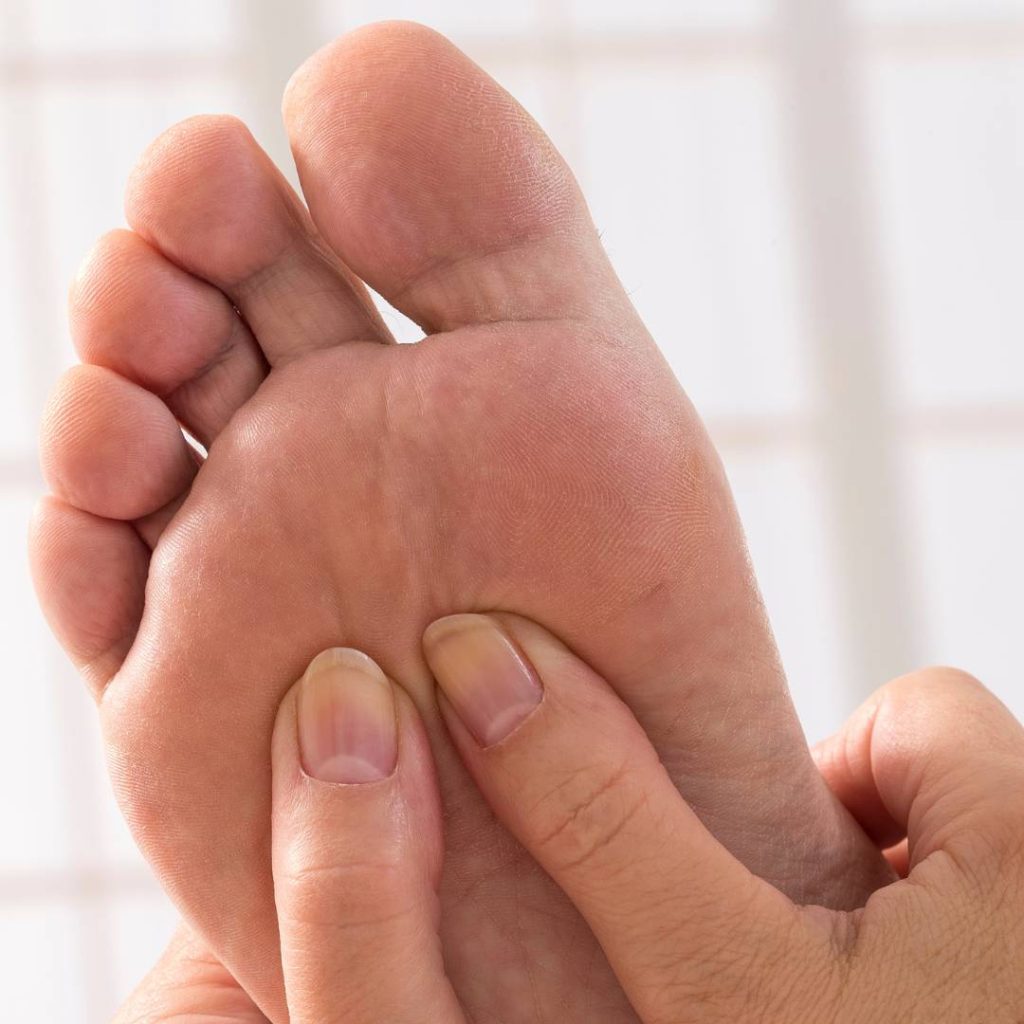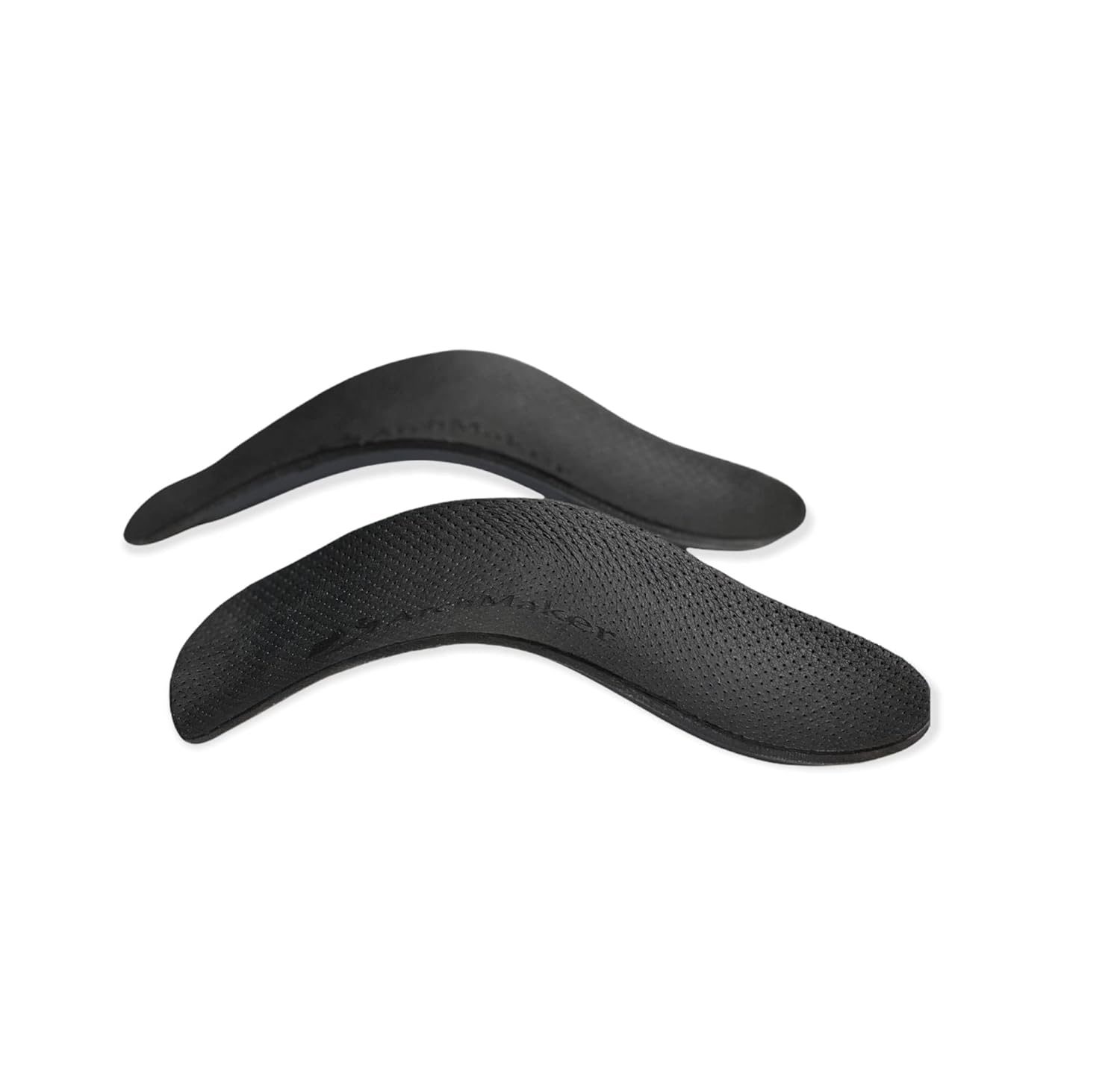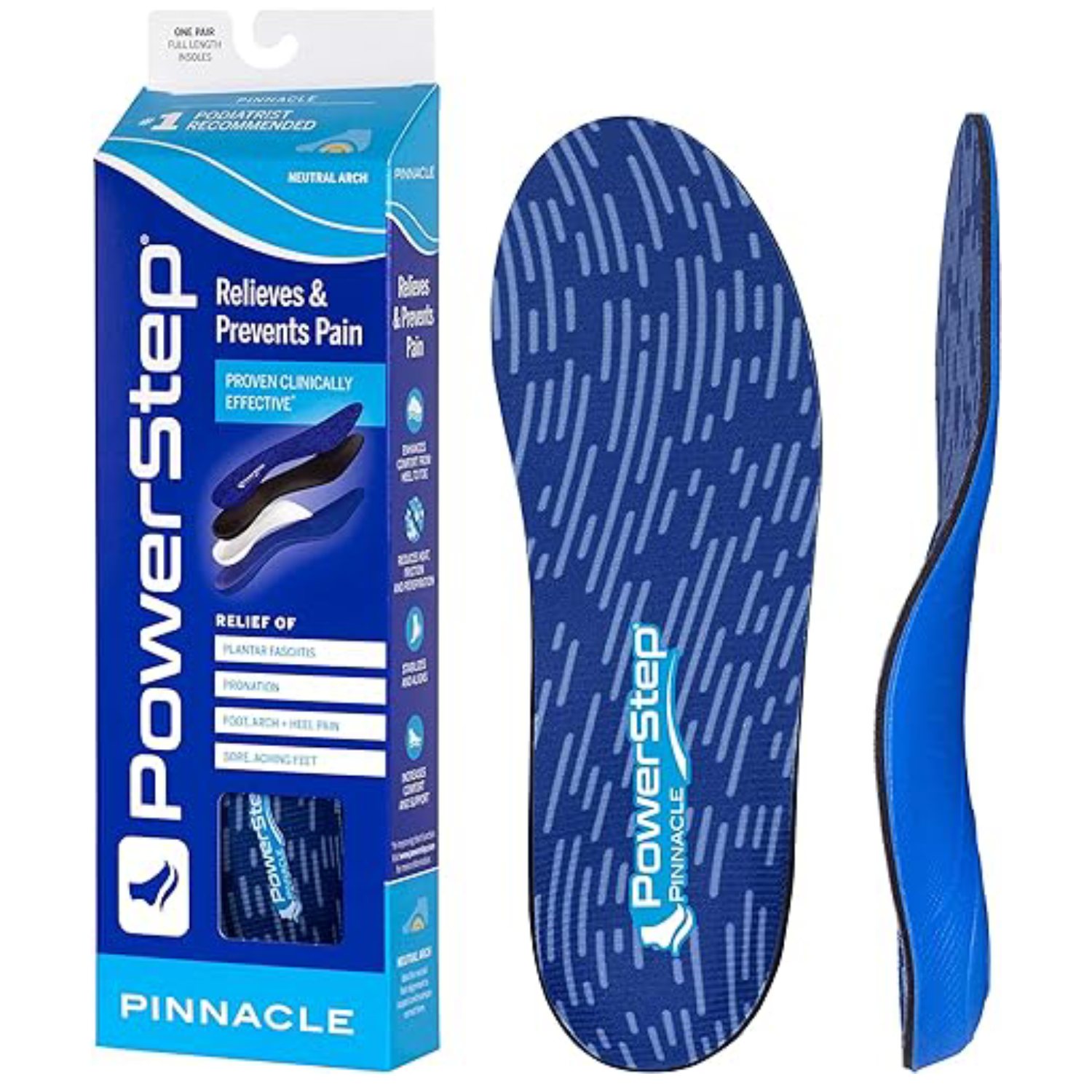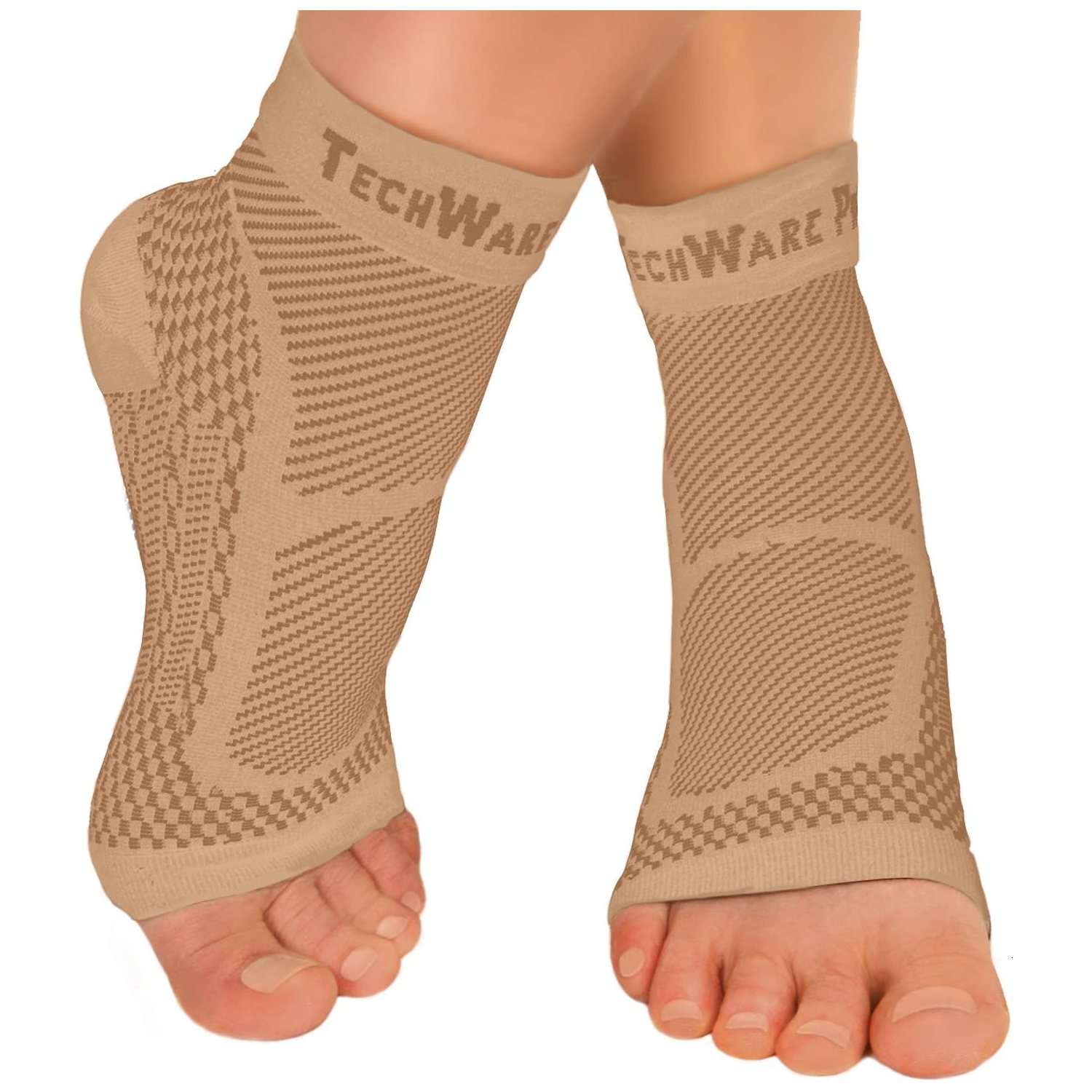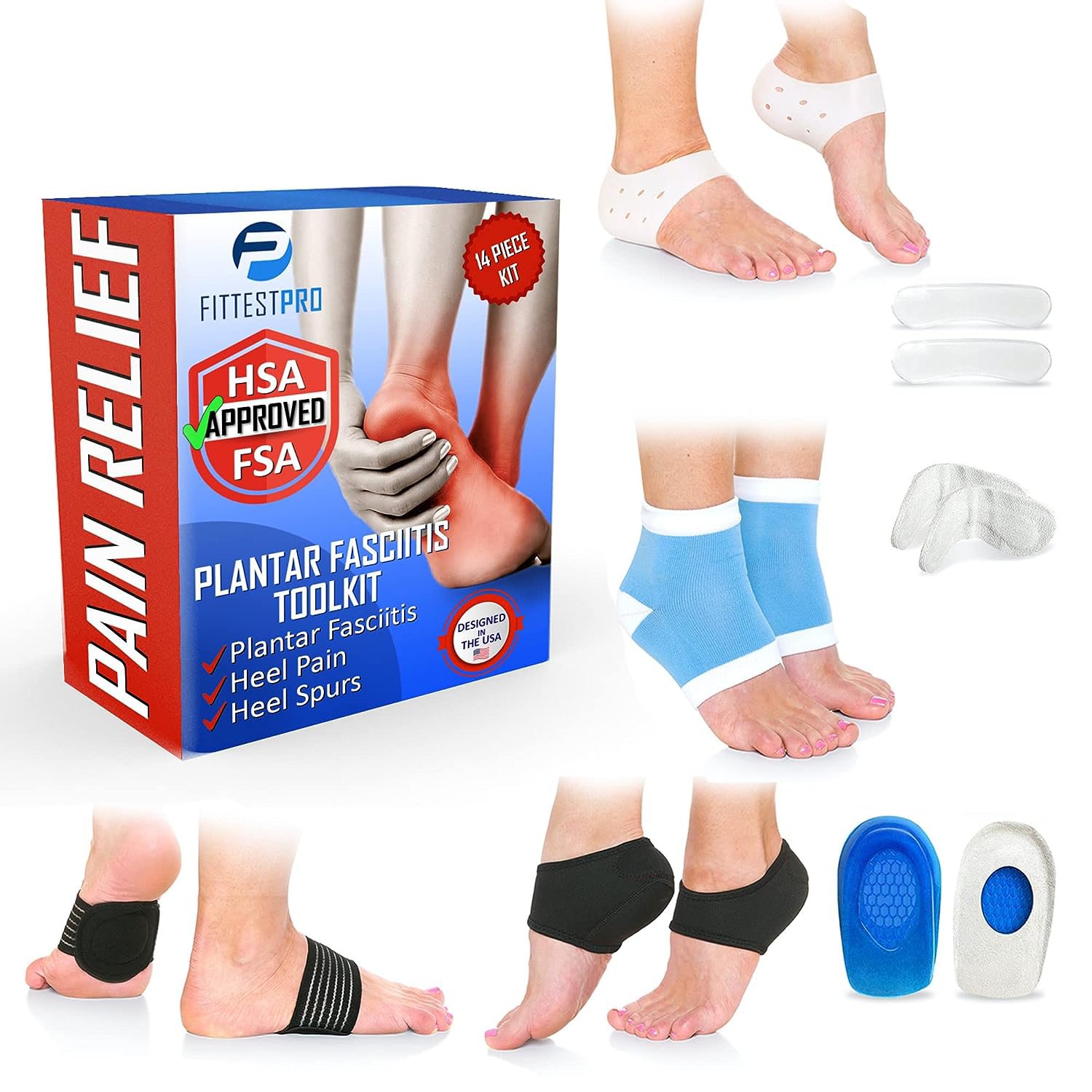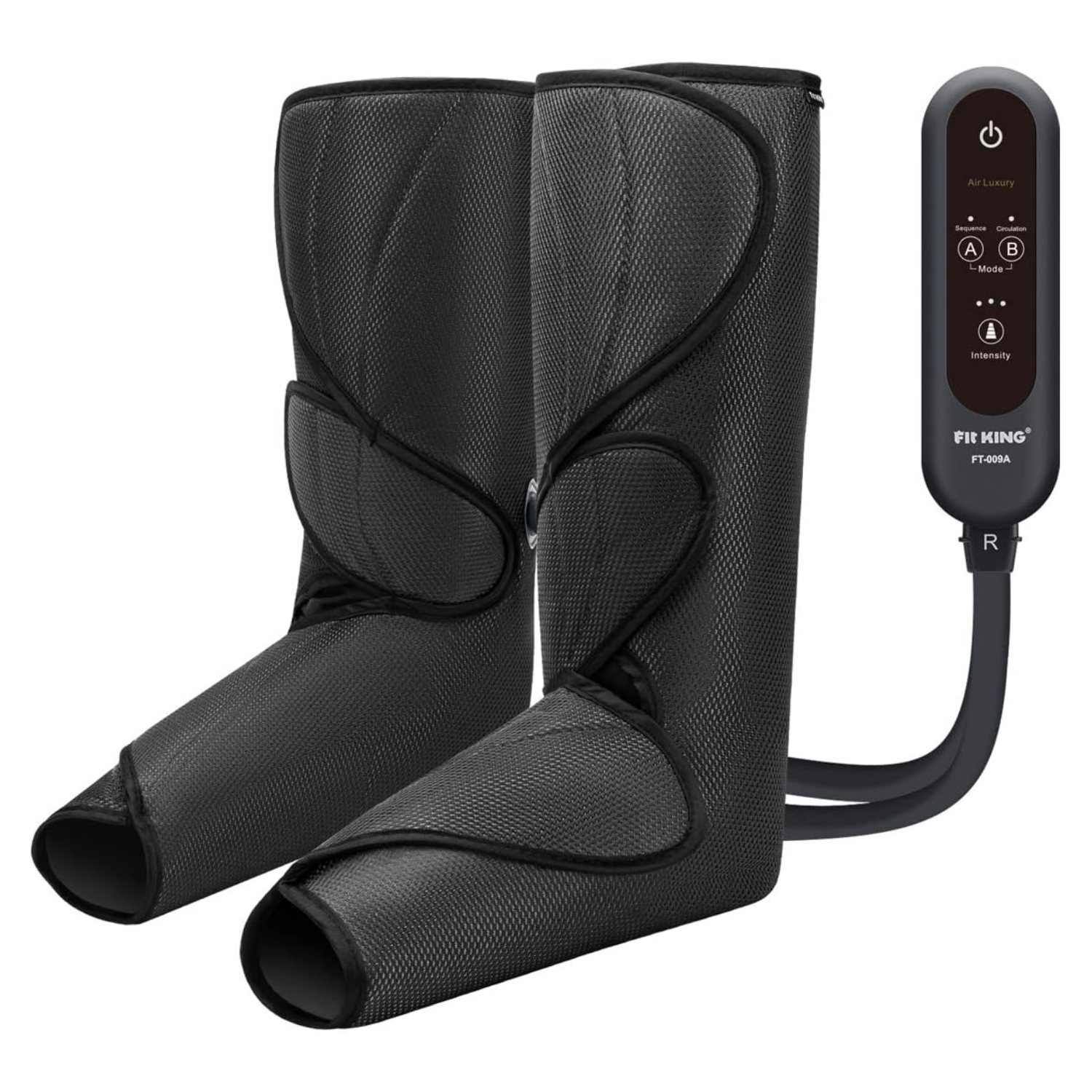Have a Tight Plantar fascia Muscle? Should You Stretch or Massage It?
Plantar fasciitis is an excruciatingly painful condition that affects the tendons in the feet, causing them to become tight and inflamed. When deciding whether to stretch or massage plantar fascia, it can be difficult to know what action will bring about the most beneficial results.
Generally speaking, you can use both massage techniques and stretches, but there are times that one is better than another. Here is how to decide if massage or stretching is best to start with.
1. Identify why your Plantar fascia Muscle is tight
If there is decreased range of motion when you hold the foot at 90 degrees to the leg and pull your toes towards you then the plantar fascia muscle is tight and you want to stretch it. The entire arch muscle will feel like a tight band of tissue or a “trampoline”
Types of stretches for Plantar Fasciitis:
Static – Ease into and hold a stretch for 30 seconds.
Active Static- Opposing muscle holds stretch, as in most yoga positions.
Dynamic- Muscle increases flexibility through motion and repetition of the motions. This stretch is proven to increase athletic performance.
Ballistic- Dynamic stretch, but done with quicker repetitions.
Check out this video to see how to do my favorite stretches for Plantar Fasciitis!
2. Identify if there is one point, or a trigger point for pain
How to determine if you have a tight muscle vs. torn muscle
If a muscle is torn or partially torn there will be swelling, acute pain, and redness in one area. If you have these symptoms, then the muscle is overstretched or torn and you do not want to massage or stretch.
If you have a muscle tear or overstretched muscle, use the RICE technique:
Rest- don’t walk on this muscle without a surgical boot or cast
Ice- 10 minutes on, 10 minutes off of swollen area with and ice pack
Compression- Use a compression sock, Ace bandage, or ankle brace
Elevation- elevate limb above the level of the heart daily until the swelling and pain improve.
It is usually safe to restart stretching after swelling has subsided for 72 hours.
